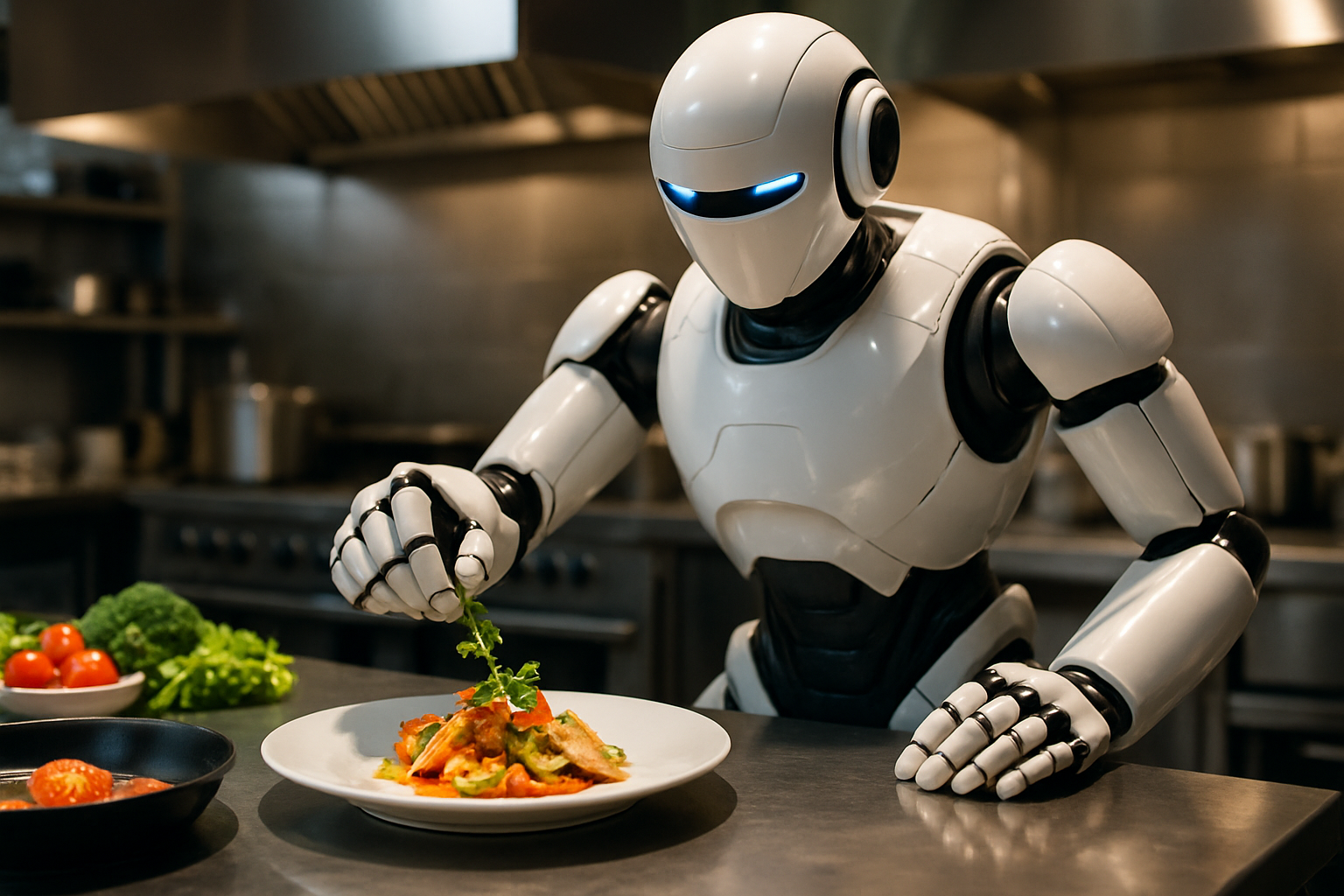Location
Mount Vernon, WA 98274
Location
Mount Vernon, WA 98274

As technology continues to advance, the intersection of robotics and culinary artistry is becoming increasingly fascinating. This article delves into how robotic systems are redefining kitchen tasks, enhancing creativity, and even inspiring a new generation of chefs.
The kitchen has always been a space of creativity and experimentation, but with the advent of robotics, it is evolving into a realm where technology and culinary artistry coexist harmoniously. Robotic systems are not just for industrial purposes anymore; they are making their way into home kitchens and professional kitchens alike, transforming how we approach cooking.
One notable example is the rise of robotic chefs that can prepare intricate dishes with precision. Companies like Spyce have developed automated cooking devices that can whip up a meal in minutes, allowing users to enjoy gourmet meals without mastering complex techniques. These robots use a combination of sensors and software to determine cooking times, temperatures, and ingredient combinations, making meal preparation more efficient and less stressful.
Furthermore, the integration of AI in these robotic systems enables them to learn from user preferences, tailoring recipes to match individual tastes. A user might find that their robotic chef can adapt a classic pasta dish by incorporating their favorite herbs or adjusting the spice level based on past meals. This adaptability not only personalizes the cooking experience but also encourages users to explore new flavors and cuisines.
The culinary world is also witnessing the emergence of collaborative cooking experiences, where human chefs work alongside robots. This partnership allows chefs to focus on creativity and presentation while leaving repetitive tasks, such as chopping and stirring, to their robotic counterparts. This shift not only enhances productivity but also fosters a dynamic kitchen environment where innovation thrives.
Moreover, robotics in the kitchen is not limited to food preparation. Innovations like smart ovens and refrigerators equipped with AI capabilities are changing how we store and cook food. For instance, smart refrigerators can monitor expiration dates and suggest recipes based on available ingredients, helping to minimize food waste. Similarly, smart ovens can adjust cooking times and temperatures automatically, ensuring that meals are cooked to perfection every time.
The influence of robotics in the kitchen extends beyond efficiency and convenience; it also holds the potential to inspire the next generation of culinary artists. With technology becoming more accessible, aspiring chefs are encouraged to experiment with new techniques and flavors, pushing the boundaries of traditional cooking. Schools and culinary programs are beginning to incorporate robotics into their curricula, preparing students for a future where technology plays a significant role in gastronomy.
As we look ahead, the collaboration between robotics and culinary artistry promises to redefine our relationship with food. By embracing these technological advancements, we can enhance our cooking experiences, inspire creativity, and ultimately celebrate the art of cooking in new and exciting ways.